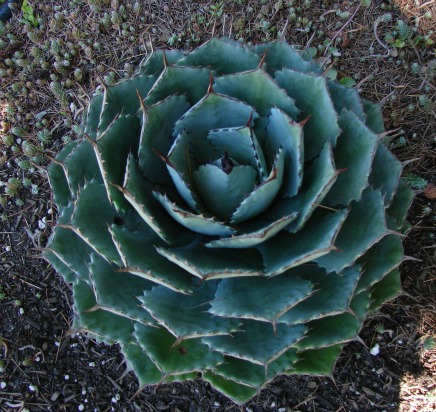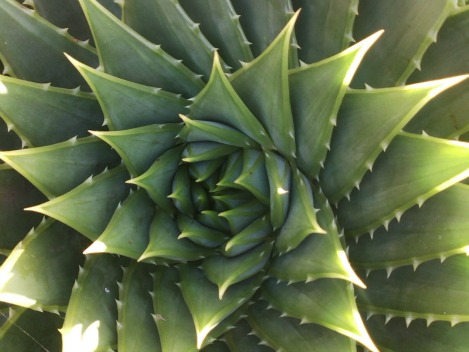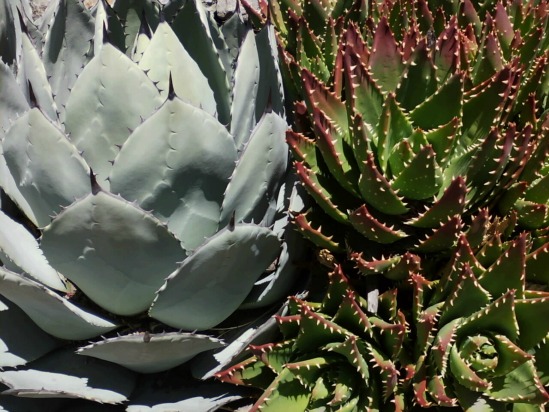Garden Succulents
Garden succulents are plants that retain water in their leaves, roots, and stems in order to survive and thrive in dry climates with arid soil conditions. They have become increasingly popular in xeriscaping, which means creating gardens minimize or eliminate the need for supplemental water. In addition, these drought tolerant plants require minimal care and can flourish in just about any climate, which is another factor in their growing popularity. A common misconception is that this plant group only includes cacti. The cactus, however, is only one branch of this diverse floral group. In fact, the wide variety of sizes, shapes, and colors are part of the tremendous appeal of these plants.
The incredible range of shapes, volume, and colors of these plants means that they can work in just about any outdoor living space. For a general perspective on these beautiful, dramatic, and wonderfully diverse plants, they have been divided into three basic categories, based on size.
- The small, low-growing varieties can bring color and texture to once bare patches of a yard. They can also become groundcover for untrodden areas of a garden. In addition, they may also be potted and used to decorate walls, terraces, and windowsills. These plants include: Aloe, Aptenia, Bowiea, Carpobrotus, Cotyledon, Crassula, Dudleya, Echeveria, Euphorbia, Gasteria, Graptopetalum, Haworthia, Hoya, Ice Plants, Lithops, Pachyphytum, Portulaca, Schlumbergera, Sedum, Sempervivum, Senecio, and Stapelia.

- The medium, shrub sized varieties vary in height from twelve inches to about five feet. The eye-catching shapes and colors will add dynamism to any water-efficient landscape design. These midsized plants are: Aeonium, Agave, Aloe, Bulbine, Calandrinia, Cotyledon, Crassula, Euphorbia, Kalanchoe, Portulacaria, Sansevieria, Sedum, and Senecio.

- Large and treelike varieties add dramatic verticality to a gardens appearance. In addition to their exotic beauty, when fully-grown, most of these garden succulents can survive on rainwater alone. This group includes: Agave, Alluaudia, Aloe, Beaucarnea, Cacti, Cyphostemma, Dasylirion, Dracaena, Euphorbia, Furucraea, Kalanchoe, Pachypodium, and Yucca.
